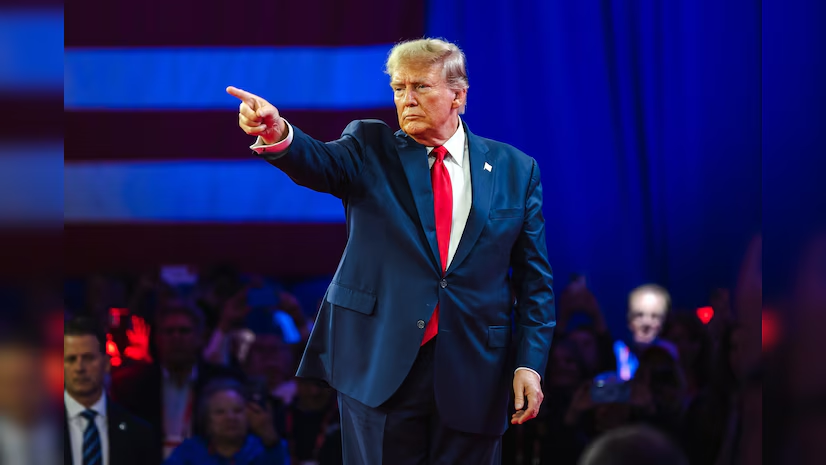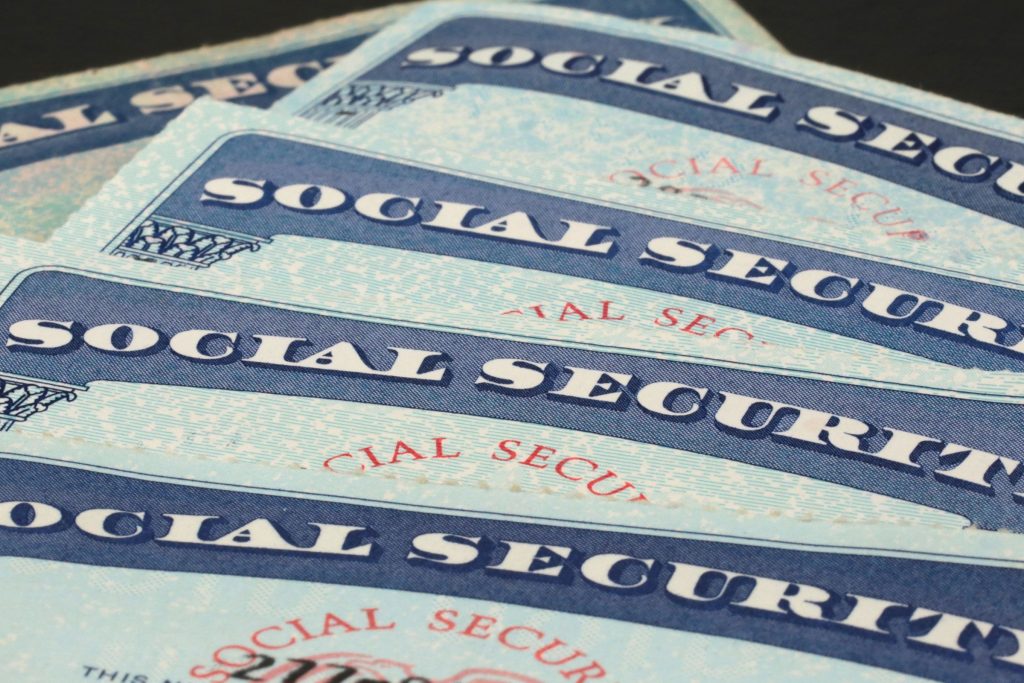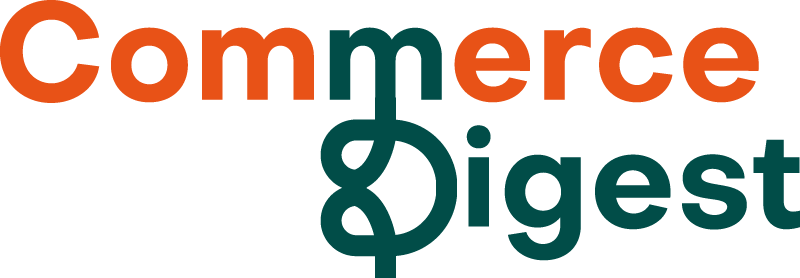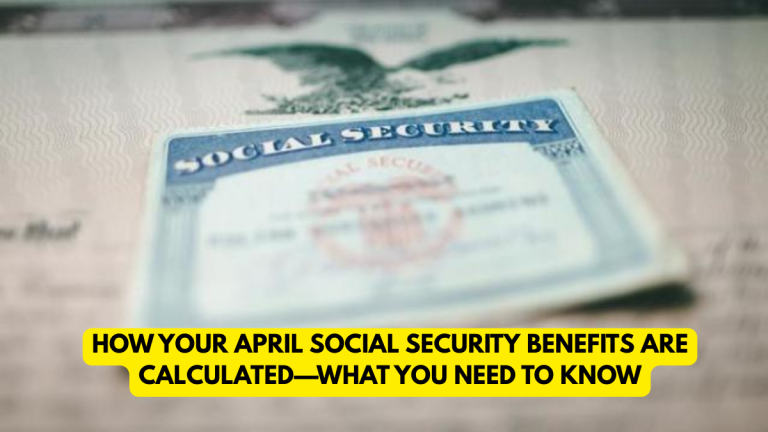
Washington, D.C. – March 31, 2025 – In a major policy shift, former President Donald J. Trump has signed an executive order that will eliminate paper checks for all federal disbursements—including Social Security payments—effective September 30, 2025. The move is part of a broader effort to modernize government transactions, enhance security, and reduce costs. But it’s raising serious concerns for the nearly half a million Americans who still rely on paper checks and do not have access to a bank account.
A Push Toward Digital Payments
The executive order, titled “Modernizing Payments to and from America’s Bank Account,” mandates that all federal payments be made electronically. According to the White House, the aim is to streamline operations, cut down on fraud and theft, and reduce administrative expenses associated with paper-based transactions.
In a statement, Trump’s spokesperson noted:
“It’s time for America’s payment systems to catch up with the times. We can no longer afford outdated, slow, and insecure processes—especially when taxpayer dollars are on the line.”
The policy will impact Social Security payments, veterans’ benefits, tax refunds, and other federal disbursements.
Who Is Affected?

According to Social Security Administration (SSA), about 456,000 Americans still receive their Social Security benefits via paper checks. Many of these individuals are elderly, low-income, or live in remote areas where access to digital banking is limited.
Advocacy groups and retirement organizations have expressed concern that the policy could disproportionately affect vulnerable populations, especially those without access to reliable internet, smartphones, or digital literacy.
“Electronic payments make sense in many cases, but we must ensure that we’re not leaving behind the most at-risk beneficiaries,” said Lisa Daniels, a spokesperson for the National Committee to Preserve Social Security and Medicare.
What Happens to People Without Bank Accounts?
Recognizing the problem, the executive order directs the Secretary of the Treasury to establish procedures for individuals who are unbanked or otherwise unable to access electronic payment systems. The Treasury is expected to roll out alternative options in the coming months.
One such option could be the Direct Express® Debit Card, a government-backed prepaid debit card designed for people without a bank account. The program is managed by the U.S. Department of the Treasury and remains a viable way to receive benefits without needing a traditional bank.
Details about applying for the card can be found on the U.S. Treasury’s Fiscal Service website.
Additionally, those who qualify may receive support through in-person services at Social Security field offices. The SSA has urged anyone who is concerned about the transition to call 1-800-772-1213 or visit their nearest local SSA office for help setting up a direct deposit or another acceptable payment method.
A Cost-Saving Move
The federal government estimates that transitioning to fully electronic payments could save hundreds of millions of dollars over the next decade. Processing a direct deposit costs roughly one-tenth the amount of printing and mailing a paper check.
But critics argue that cost savings should not come at the expense of accessibility. “This is not just about efficiency—it’s about fairness,” said Maria Torres, a senior fellow at the Center for Digital Inclusion. “We must not create digital barriers for seniors or the disabled.”
What You Should Do Now?

If you or someone you know still receives Social Security checks by mail, it’s important to take action soon. Here are the recommended steps:
- Set Up Direct Deposit – You can do this online via my Social Security account or by calling the SSA directly at 1-800-772-1213.
- Apply for a Direct Express Card – If you do not have a bank account, visit the Direct Express site or call 1-800-333-1795 to enroll.
- Visit Your Local SSA Office – For in-person help, you can use the SSA office locator to find a branch near you.
The Bigger Picture
This change is part of a growing global trend toward digital governance. Countries like the UK, Canada, and Australia have already implemented similar initiatives to phase out paper-based government transactions.
However, the U.S. faces unique challenges given its large population of rural and older citizens. As the September deadline approaches, both the SSA and Treasury Department are expected to launch public awareness campaigns and targeted support services to ease the transition.
The effectiveness of these efforts will determine whether the shift to digital disbursements enhances inclusivity—or unintentionally sidelines those most in need.



